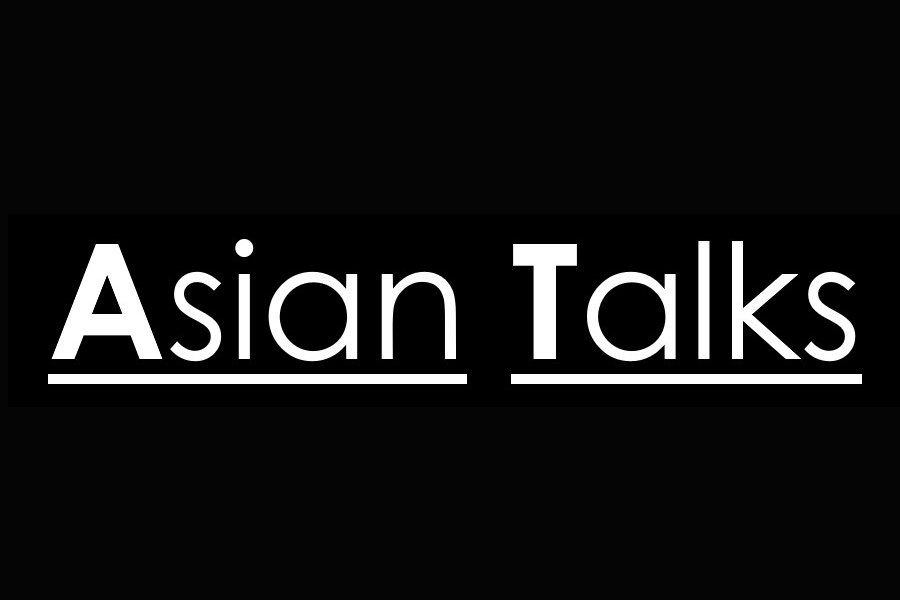By Ravi Mahadeva – NRI, Saudi Arabia
Let’s Speak Up Campaign-6: Nursing Charges vs Nursing Salaries in Corporate Hospitals
Healthcare in India has become one of the most expensive sectors in recent times. When an ordinary patient looks at a corporate hospital bill, the burden appears so heavy that it makes their head spin. The “nursing charges” component in that bill particularly draws attention. While this charge is supposedly for the services of nurses assigned to patient care, surprisingly, it has no direct relationship with the actual wages received by nursing staff. Understanding this disparity is essential.
Nursing Staff – The Backbone of Healthcare
Nursing staff are the main backbone in continuing the daily services of hospitals. Patient care, medication administration, treatment schedule compliance, first aid in emergency situations – all these are major responsibilities handled by nurses. Yet, they don’t receive adequate recognition proportionate to their labor.
The Status of Nurses’ Wages
In India’s private and corporate hospitals, newly recruited nurses receive only about ₹3–4.5 lakhs annually.
While there is some increase with experience in certain major cities, this is significantly lower compared to the salaries given to doctors or administrative staff.
Although government hospitals offer stability (job security), private sector nurses face wage instability and increased work pressure.
Nursing Charges Seen in Bills
In corporate hospitals, thousands of rupees are recorded daily under the heading “Nursing Charges” in patient bills. For example:
- General ward: ₹500–₹800 per day
- ICU: ₹2,000–₹5,000 per day in nursing charges
Real-World Calculation Illustration
To clearly understand this issue, let’s look at a real example from a famous corporate hospital in Bangalore. Suma, a 28-year-old nurse with B.Sc. Nursing qualification and 4 years of experience, works in a general ward. Her annual salary is ₹4.2 lakhs, meaning ₹35,000 per month. However, the hospital charges ₹1,500 “nursing charge” per day for each patient under her care. Suma handles an average of 8-10 patients daily, meaning the hospital collects approximately ₹12,000-15,000 daily in her name. But from this entire amount, Suma receives only ₹1,167 (₹35,000÷30 days)! This is merely 7.8% of the total collection. The remaining 92.2% goes to hospital administrative expenses, infrastructure, and mainly profit. Similarly, Raj, an experienced nurse working in ICU, receives ₹45,000 monthly salary, but ₹4,500 ICU nursing charges are collected daily in his name. This means he receives only 3.3%! This inequality is found in every corporate hospital in India and is having serious impacts on the future of the nursing profession.
Detailed Comparative Table
| Nurse Details | Suma (General Ward) | Raj (ICU) | Priya (Private Room) |
| Experience | 4 years | 6 years | 3 years |
| Monthly Salary | ₹35,000 | ₹45,000 | ₹32,000 |
| Daily Salary | ₹1,167 | ₹1,500 | ₹1,067 |
| Number of Patients/Day | 8-10 people | 3-4 people | 5-6 people |
| Nursing Charge per Patient | ₹1,500 | ₹4,500 | ₹2,200 |
| Daily Total Nursing Revenue | ₹13,500 | ₹16,200 | ₹12,100 |
| Nurse’s Share | 8.6% | 9.3% | 8.8% |
| Hospital’s Share | 91.4% | 90.7% | 91.2% |
| Annual Nursing Revenue | ₹49.3 lakhs | ₹59.1 lakhs | ₹44.2 lakhs |
| Nurse’s Annual Salary | ₹4.2 lakhs | ₹5.4 lakhs | ₹3.8 lakhs |
| Hospital’s Annual Net Profit | ₹45.1 lakhs | ₹53.7 lakhs | ₹40.4 lakhs |
Department-wise Nursing Charge Analysis
| Hospital Department | Daily Nursing Charge | Nurse Daily Salary | Nurse’s % | Hospital Profit % |
| General Ward | ₹1,200-1,800 | ₹1,000-1,200 | 7-10% | 90-93% |
| Private Room | ₹2,000-2,500 | ₹1,000-1,200 | 4-6% | 94-96% |
| ICU | ₹4,000-5,500 | ₹1,300-1,600 | 3-4% | 96-97% |
| Critical Care | ₹6,000-8,000 | ₹1,500-1,800 | 2-3% | 97-98% |
| Operation Theater | ₹3,500-4,500 | ₹1,400-1,700 | 3-5% | 95-97% |
| Emergency | ₹2,500-3,200 | ₹1,100-1,400 | 4-6% | 94-96% |
Monthly Income-Expense Breakdown (Example: General Ward)
| Details | Amount (₹) | Percentage |
| Collection from Patients (Monthly Nursing Charges) | ₹4,05,000 | 100% |
| Nurse Salary | ₹35,000 | 8.6% |
| Hospital Administration and Profit | ₹3,70,000 | 91.4% |
Annual Calculation:
- Total received by nurse: ₹4.2 lakhs
- Collection in their name: ₹48.6 lakhs
- Ratio: 1:11.6 (₹11.6 collected for every ₹1 salary)
Patients or families assume this amount is “salary paid to nurses.” But in reality, most of this money goes into infrastructure costs, administrative expenses, and management profits. Only a small portion directly reaches the nurses.
Consequences – Nursing Profession Disillusionment
If nurses don’t receive adequate wages, they migrate abroad or choose other professions.
This makes it difficult for India’s corporate hospitals to retain experienced nursing staff.
Solution Pathways
Bill Transparency: Hospitals should clarify what services are included in nursing charges.
Separate Nursing Expense Report: Annual reports must show nursing staff expenses separately.
Fair Wages for Nurses: Recognizing the importance of nursing services and providing them fair wages is urgently needed.
The disparity between “nursing charges” and “nursing salaries” in India’s corporate hospitals represents an invisible economic inequality. Hospitals are making profits by collecting additional money from patients. But the same money is not reaching nursing staff.
Transparency, fair wages, and insurance reforms are necessary to protect both patient welfare and nurses’ rights. Only when justice is achieved for nurses standing at the foundation of healthcare services will India’s healthcare system truly strengthen in the real sense.
For more information visit –
https://www.instagram.com/letsspeakup_rm/



